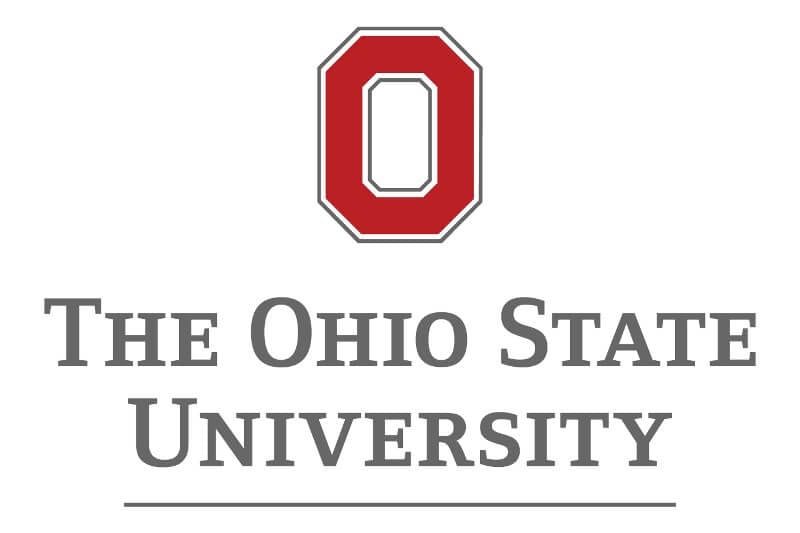New technology has allowed scientists to see how a major sporting event can disrupt public transportation in an entire city for hours before and after the event.
Researchers conducted a case study in Columbus on days that The Ohio State University had home football games, attracting more than 100,000 fans to Ohio Stadium on the university’s campus.
Findings showed that bus service across the entire city was significantly less reliable for more than 7 hours on game days compared to other days, meaning that even bus riders who were not traveling near the university could not get to their destinations in times promised by the schedule.
“Most people in Columbus know that you don’t go near Ohio Stadium during on football Saturdays because traffic is going to be a nightmare,” said while he was a PhD student at Ohio State and was published recently in the .
But with these tools, city transportation planners can prepare in advance.
“We now have the ability to look at what parts of a city’s transportation system are most vulnerable to disruption,” Miller said.
“We could see if a disruption at one particular place would most likely stay localized or whether it will spread out and have a big system-wide impact.”
Public transit is not subject to only short-term disruptions. The researchers also looked at the impact of the COVID-19 pandemic on longer-term public transit accessibility in Columbus.
The findings showed mixed results. Reliability actually increased soon after lockdowns were instituted in Ohio in March 2020 as overall traffic declined, allowing buses to move more freely.
But that changed in May 2020 when the transit authority made major schedule changes to adapt to plunging ridership and financial difficulties.
The downtown area, which accounts for the most ridership in the system and experienced the fewest service cuts, had less loss of accessibility and reliability, said Liu. Not all areas of the city fared so well.
“Some parts of the city, particularly the northeast area, have still not recovered their service levels from before the pandemic,” he said.
“That’s bad news for people who rely on public transit to get to their jobs, medical appointments and shopping.”
The researchers said they hope these findings lead officials to find ways to build and improve infrastructure for public transit.
“With climate change, pandemics and other disruptions, transit systems are only going to find more challenges to keeping their services reliable and accessible,” Miller said.
“Planning for these disruptions should be a major focus.”
Adam Porr of the Mid-Ohio Regional Planning Commission was also a co-author.

